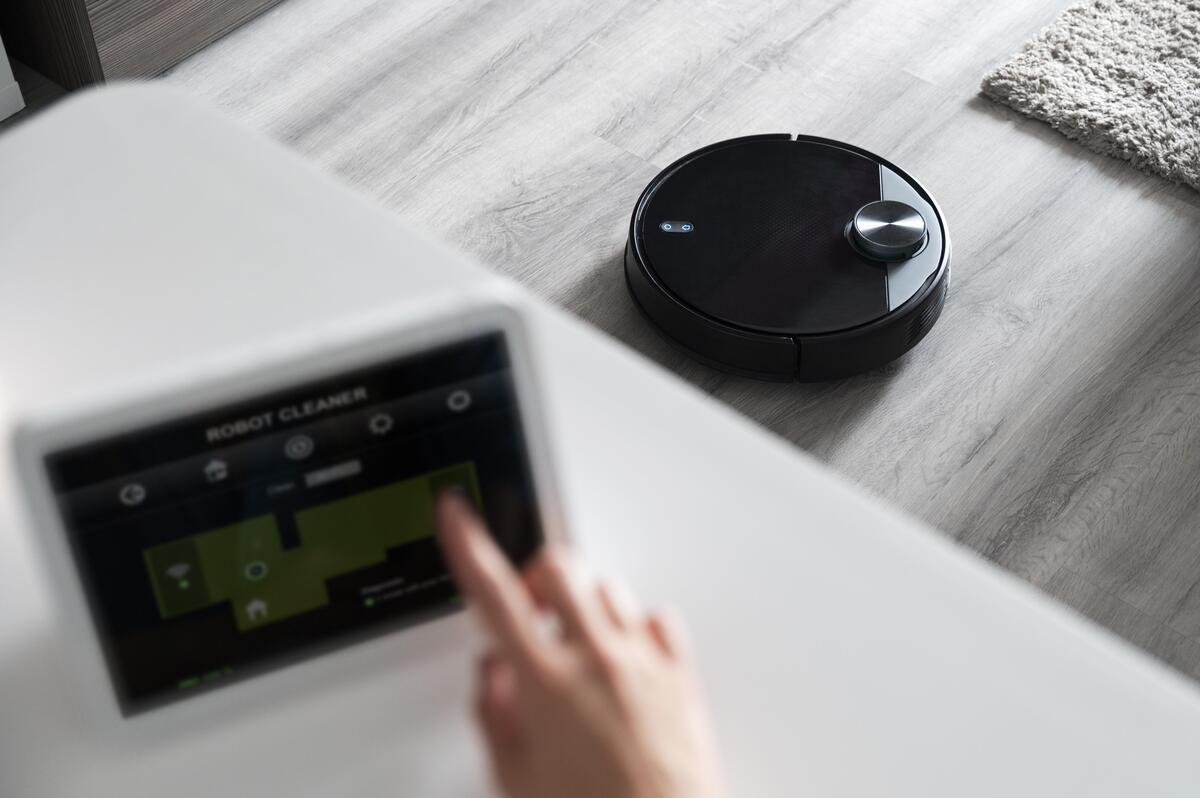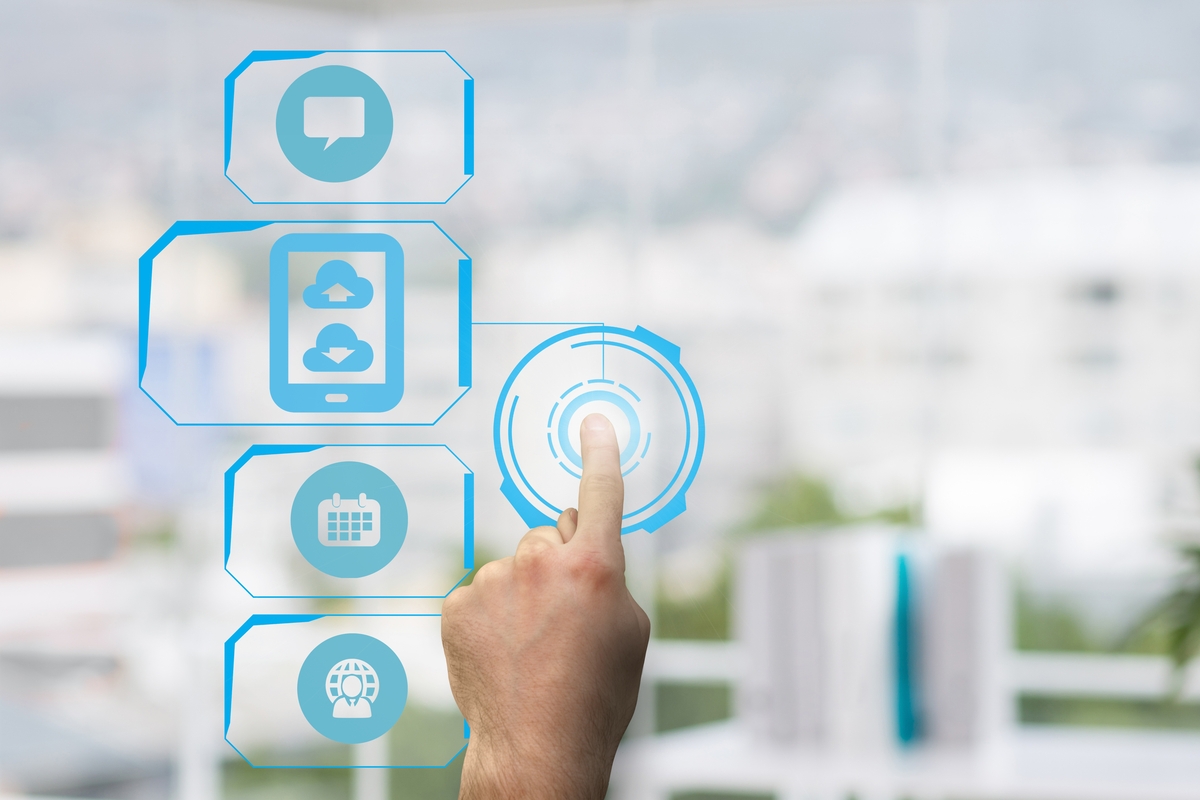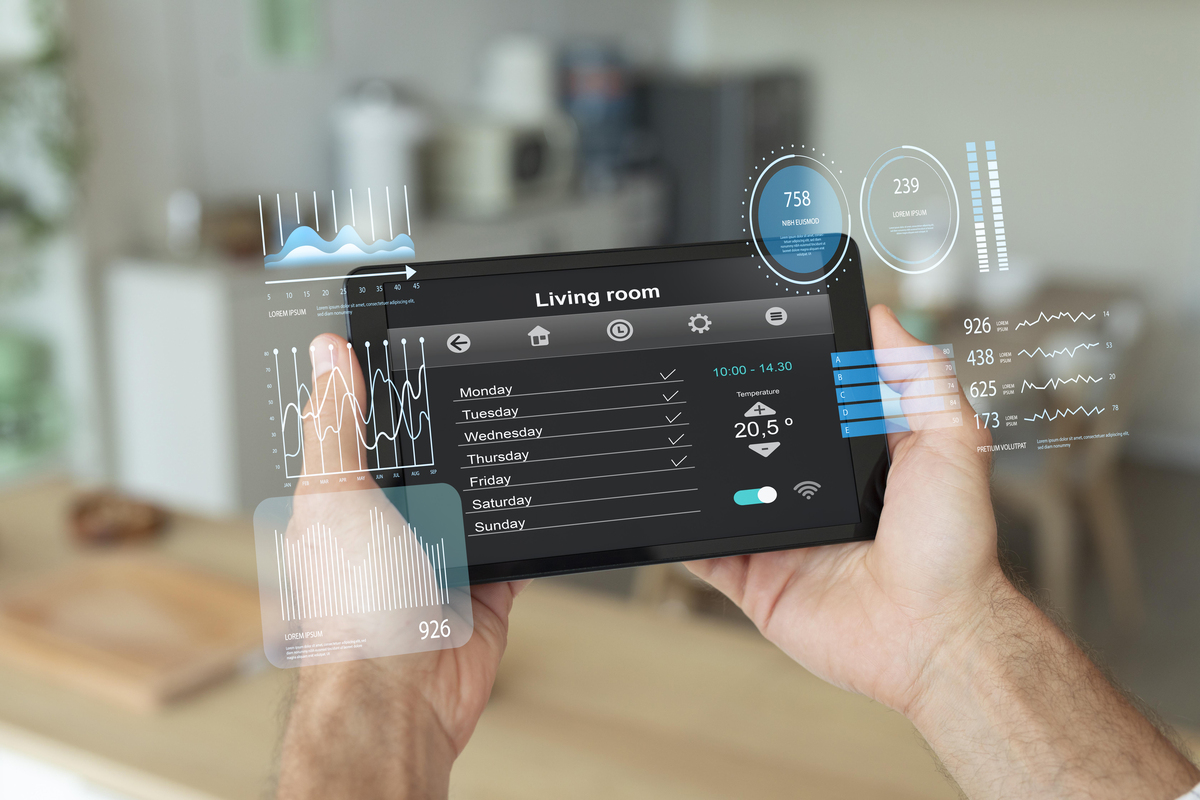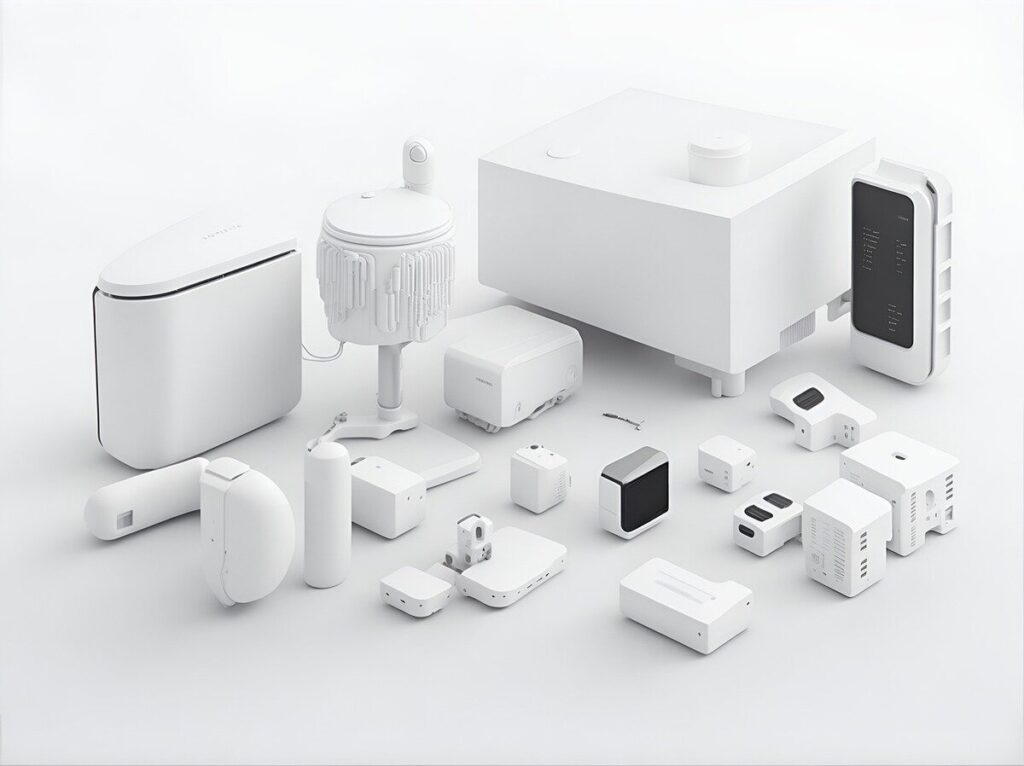The integration of IoT sensors in smart buildings is making a significant impact on how we manage and optimize urban spaces. These sensors are embedded within building systems and monitor and control everything from energy consumption to air quality in construction, ensuring a more sustainable and efficient environment.
Projects that the global market for smart building technologies will reach $109.48 billion by 2026, driven primarily by the growing adoption of IoT sensors in smart buildings. Real-time data from these sensors enables predictive maintenance, up to 30% energy savings, and improved occupant comfort. As cities around the world strive for sustainability, the integration of IoT sensors in smart buildings is becoming crucial for cutting carbon footprint in construction and operating expenses.
Table of Contents
Comprehending IoT Sensors in Smart Buildings
IoT sensors in smart buildings are tangible devices built to gather data from their immediate environment and share this data online with other interconnected systems or devices. Because they allow for seamless connection between the digital and physical realms, these sensors are an essential part of the Internet of Things (IoT) ecosystem. IoT sensors in smart buildings enable real-time monitoring and control of various building systems by capturing and transferring data. This makes sure that activities like security and energy management are effective and adaptable to changing conditions.
IoT sensors in smart buildings enable continuous data flow, which optimizes building performance and improves occupant comfort and sustainability. These sensors allow automated reactions to changes in the environment, including updating HVAC in building based on occupancy or adjusting lighting based on natural light levels. Consequently, major energy savings, enhanced security, and the creation of healthier interior spaces can all be attained by smart buildings, all while saving money on operating expenses.

Advantages of IoT Sensors in Smart Buildings
- Energy Efficiency: IoT sensors assist cut energy use by up to 30% by optimizing construction HVAC systems, lighting, and other systems by delivering comprehensive, real-time data on building activities.
- Enhanced Security: Motion and proximity sensors in security systems provide better monitoring and access management, making facilities always safe.
- Sustainability: By facilitating improved resource management, cutting waste, and assisting with eco friendly building programs, IoT sensors help make smart buildings more sustainable.
- Real-time Monitoring: Constant observation of operational and environmental data.
- Automation: The process of automatically modifying building systems using sensor data.
Energy efficiency in buildings is the ability to reduce energy use by up to 30% by using systems that are optimized.
Key Characteristics and Aspects of IoT Sensors in Smart Buildings
Here are some aspects of IoT sensors in smart buildings worth taking notice of:
1. The connectivity
For IoT sensors in smart buildings to function, they must be connected. These sensors use wired or wireless communication protocols to link to the Internet or the building’s CMS. They may communicate the gathered data in real-time for analysis and decision-making thanks to this connectivity, which also enables dynamic changes to HVAC (heating, ventilation, and air conditioning) systems, which result in significant energy savings.
2. Inbuilt Technologies
RFID (Radio-Frequency Identification), GPS (Global Positioning System), and accelerometers are just a few examples of the extra technologies that are frequently incorporated into IoT sensors in smart buildings. These embedded technologies improve the capabilities of the sensors, giving the gathered data a more thorough context. For example, GPS can help with location-based service management in large facilities, while RFID can be used to track people or assets moving within a structure.

3. Uses for Smart Buildings
IoT sensors in smart buildings are essential to developing more effective, automated, and sustainable environments. They are employed in many different applications, including as energy management, where sensors use real-time data to optimize HVAC and lighting systems. Sensors improve surveillance and access control in security, and they allow intelligent systems in building automation to adapt to changing conditions, increasing productivity and occupant satisfaction.
Suggested article to read: Building Smarter in 2024: The Role of Sensors in Modern Construction
4. Collecting Data
Modern technologies enable IoT sensors in smart buildings to collect a variety of real-world data. These sensors track more complicated data including occupancy, light levels, and energy usage in addition to environmental variables like temperature, humidity, and air quality. IoT sensors in smart buildings offer precise control of building systems, optimizing energy use and improving occupant comfort by continuously gathering this data.
5. Variety of Types
Smart buildings contain a wide variety of IoT sensors, each intended to perform particular tasks. Proximity sensors for security and access control, motion sensors for occupancy-based lighting control, temperature sensors for air quality monitoring and management, and gas sensors for security and access control are common types. These sensors’ diversity makes it possible to monitor and regulate building surroundings comprehensively, which promotes more sustainable and effective operations.
6. Interconnected Systems
IoT sensors in smart buildings assist in the creation of interconnected systems where data is shared throughout various devices and platforms. With the help of these networked systems, building operations can be managed holistically, with actions in one area of the building being informed by information from another. For instance, occupancy sensor data can be utilized to modify HVAC and lighting settings, saving energy and preserving comfort. The overarching objective of improving sustainability and efficiency in smart buildings is supported by this integrated strategy.

Conclusion
One of the most important steps toward developing more sustainable, effective, and comfortable urban environments is the integration of IoT sensors in smart buildings. These sensors improve tenant well-being, cut maintenance costs, and conserve energy by utilizing real-time data and predictive analytics.
IoT sensors will be crucial to the development of smart buildings in the future, according to research from MarketsandMarkets, which projects that the market will expand at a CAGR of 27.7% from 2021 to 2026. IoT sensors will become more important in smart buildings as technology develops, contributing significantly to the global movement for efficient and sustainable urban infrastructure.
FAQs
What are IoT Sensors in Smart Buildings, and how do they Work?
- Answer: IoT sensors in smart buildings are tools that collect data from the environment and transmit it to interconnected systems or devices. By tracking a variety of environmental variables, including temperature, humidity, and occupancy, they enable building systems to react automatically to changing conditions. This data is then sent online for real-time analysis.
How do IoT Sensors Contribute to Energy Efficiency in Smart Buildings?
- Answer: IoT sensors continuously monitor variables like temperature and occupancy to improve energy use in smart buildings. They allow automated adjustments to be made to HVAC and lighting systems, which can result in up to 30% more energy savings by cutting down on wasteful use and increasing overall efficiency.
What Types of IoT Sensors are Commonly Used in Smart Buildings?
- Answer: Temperature sensors for climate control, motion sensors for automated lighting, proximity sensors for access control and security, and air quality sensors for tracking indoor environmental conditions are common IoT sensor types found in smart buildings. Every kind of sensor contributes differently to improving building operations.
How do IoT Sensors Improve the Sustainability of Smart Buildings?
- Answer: By maximizing resource utilization, cutting down on energy waste, and enabling predictive maintenance, IoT sensors promote sustainability. They support green building projects, lessen carbon footprints, and improve resource management by giving real-time data on building activities.
Suggested article for reading:
12 Cutting-Edge Technologies in Construction Automation You Need to Know
Digital Transformation: The Role of 5G Technology in Construction
Future of Smart Building Construction: 7 Trends to Watch
7 Ways Smart Building Construction Enhances Sustainability and Efficiency
Resources:
SimBase | SafetyCulture | FreeeWay | BuiltIn | ScienceDirect.com
Books and Articles:
Jin, Y., & Wang, G. (2019). Application of IoT in Smart Buildings: A Case Study of Energy Efficiency in Urban Environments.
For all the pictures: Freepik | PixaBay



